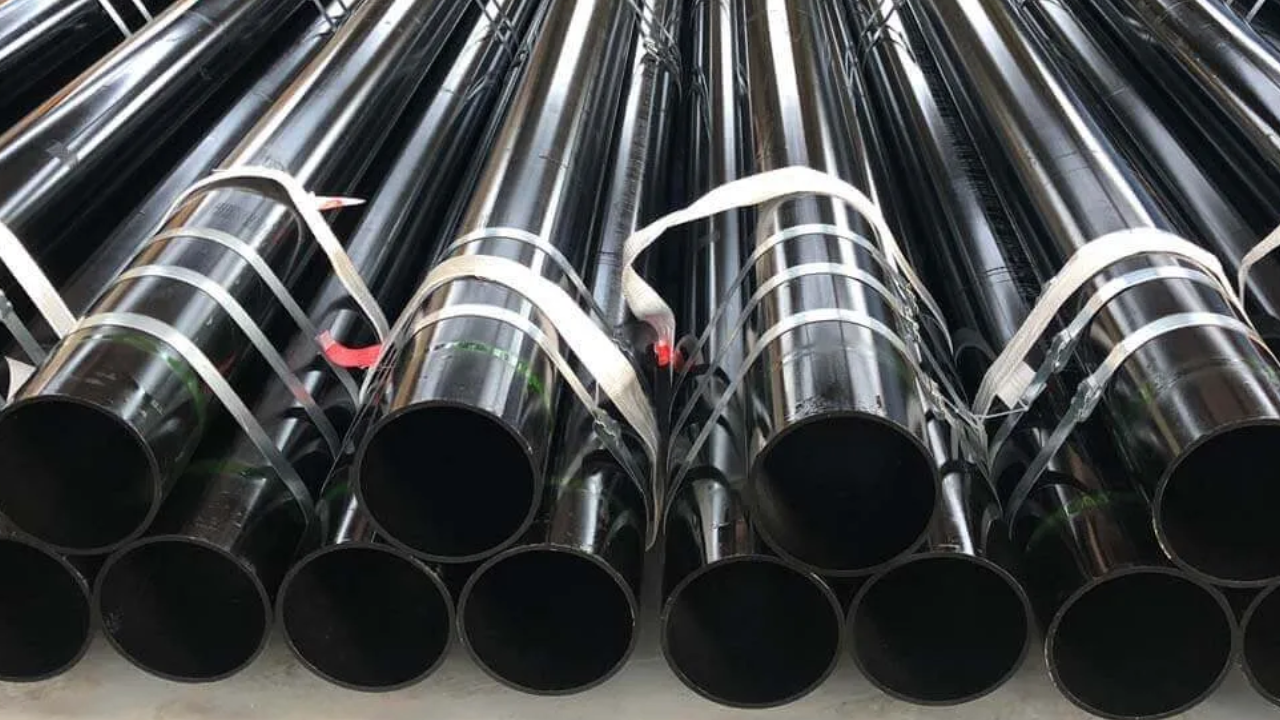In any case, one basic angle that essentially impacts their execution is pipe thickness. In specific, schedule 40 pipe thickness plays a significant part in deciding joint integrity the capacity of pipe associations to resist inner and outside powers without spillage or disappointment.
This article investigates the relationship between Schedule 40 pipe thickness and joint keenness, analyzing how varieties in thickness can influence the unwavering quality and strength of pipe joints.
The Basics of Schedule 40 Pipe Thickness
Schedule 40 pipes are characterized by their standardized divider thickness, assigned by the schedule number. The divider thickness of Schedule 40 channels is decided based on ostensible pipe estimate (NPS), with bigger NPS values compared to thicker dividers. Thicker dividers offer expanded quality and toughness, making Schedule 40 pipes appropriate for high-pressure and heavy-duty applications. This standardized approach guarantees consistency in execution and compatibility over distinctive producers and applications.
Joint Sorts in Schedule 40 Pipe Systems
Schedule 40 pipes utilize various types of joints to put through segments of channeling, counting welded, strung, and stuck joints. Each joint sort has its special characteristics and contemplations regarding joint integrity. Welded joints give a consistent and changeless association, whereas strung joints permit simple get-together and dismantling.
Welded Joints
Welded joints are commonly utilized in Schedule 40 pipe frameworks, particularly in mechanical settings. The thickness of Schedule 40 channels straightforwardly influences the welding preparation and the keenness of welded joints. Thicker walls give superior fabric soundness and weld infiltration, coming about in more grounded and more solid welded joints. This is often especially vital in high-pressure and high-temperature situations where joint disappointment might lead to disastrous results.
Threaded Joints
Strung joints are predominant in plumbing and low-pressure applications, where dismantling may be required. The divider thickness of Schedule 40 channels impacts the threading handle and the quality of strung joints. Thicker dividers offer expanded string engagement and resistance to distortion, contributing to made strides in joint judgment. Usually vital for keeping up a leak-free association beneath shifting weights. Guaranteeing that the strings are appropriately cut and locked in is imperative for the life span and unwavering quality of the strung joints.
Stuck Joints (for PVC Pipes)
PVC pipes, commonly utilized in Schedule 40 applications, depend on stuck joints for association. The thickness of PVC Schedule 40 channels impacts the holding surface range and cement quality of stuck joints. Thicker dividers give a bigger holding range, upgrading the keenness and life span of stuck joints. Legitimate surface planning and the utilization of appropriate cements are fundamental to attaining solid points. This is often particularly critical in applications including water and chemicals where joint disappointment might result in critical harm.
Effect on Spill Resistance
Schedule 40 pipe thickness specifically influences the spill resistance of pipe joints. Thicker dividers offer more noteworthy auxiliary keenness and resistance to internal and outside weights, minimizing the hazard of spills or bursts. Typically particularly important in frameworks transporting perilous or profitable liquids where spills can have extreme natural and financial impacts. Guaranteeing the correct determination and establishment of joints that can handle the weight requests is basic for spill avoidance.
Contemplations for Weight Ratings
The weight rating of Schedule 40 channels is closely related to pipe thickness and joint astuteness. Thicker dividers empower Schedule 40 channels to resist higher weights, guaranteeing that joints keep up their keenness beneath challenging working conditions. Understanding the weight prerequisites of the framework and selecting the suitable pipe thickness is crucial for keeping up joint judgment. Overestimating the weight capabilities of the channels can lead to joint disappointments and framework breakdowns.
Variables Influencing Joint Astuteness
In expansion to pipe thickness, other variables can impact joint keenness, counting fabric quality, joint plan, establishment procedures, and natural components. Appropriate thought and administration of these component bassic for guaranteeing long-term joint astuteness in Schedule 40 pipe frameworks. Fabric quality affects the quality and strength of both the channels and the joints. Joint design must suit the particular stresses and developments of the framework.
Conclusion
Schedule 40 pipe thickness plays a basic part in deciding joint judgment in pipe frameworks. Thicker dividers offer expanded quality, strength, and spill resistance, contributing to the unwavering quality of pipe joints. Understanding the relationship between Schedule 40 pipe thickness and joint judgment is fundamental for planning, introducing, and keeping up strong channeling frameworks over different businesses.


